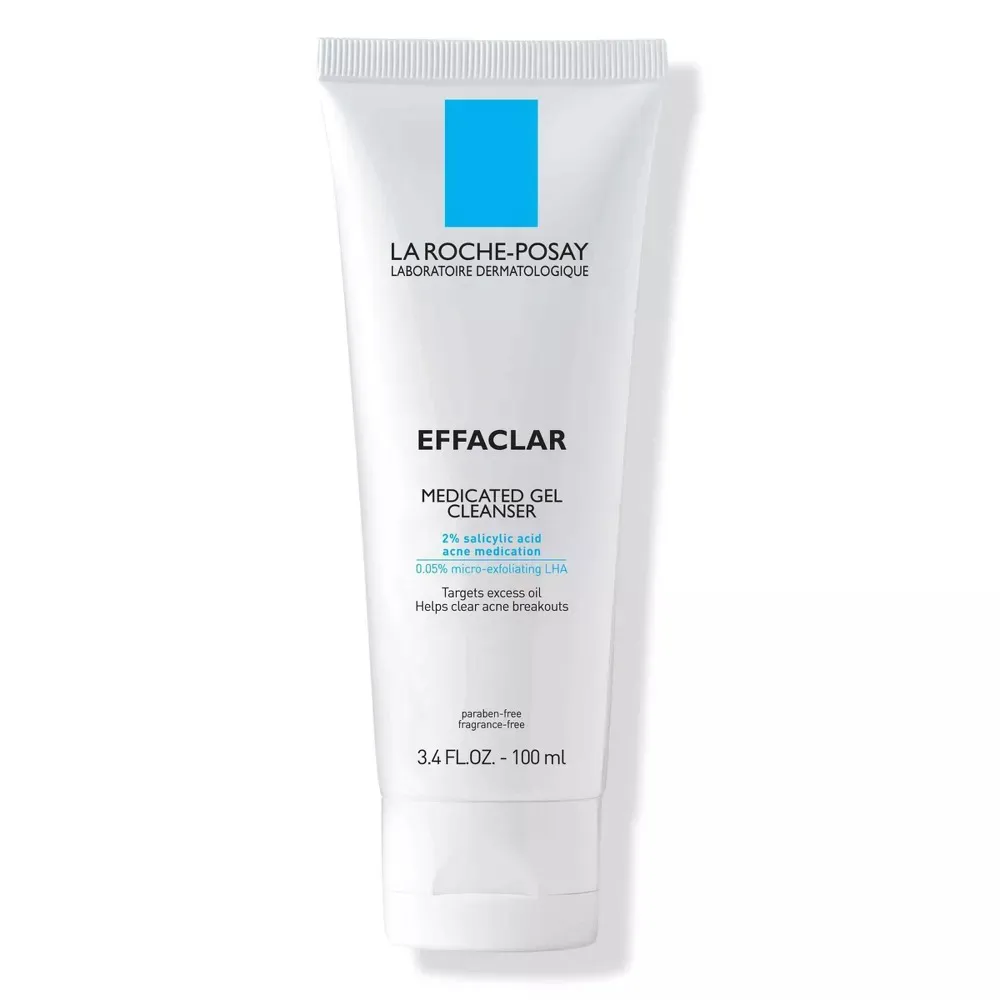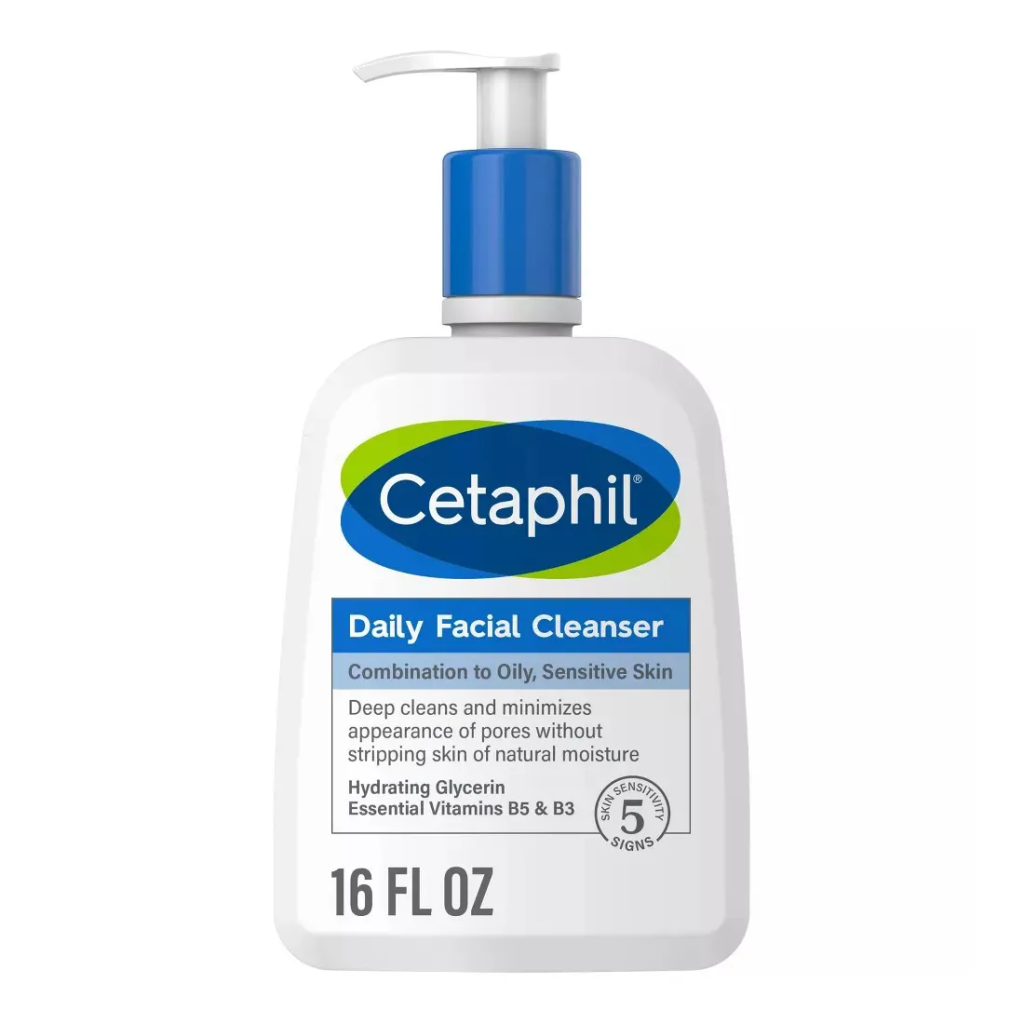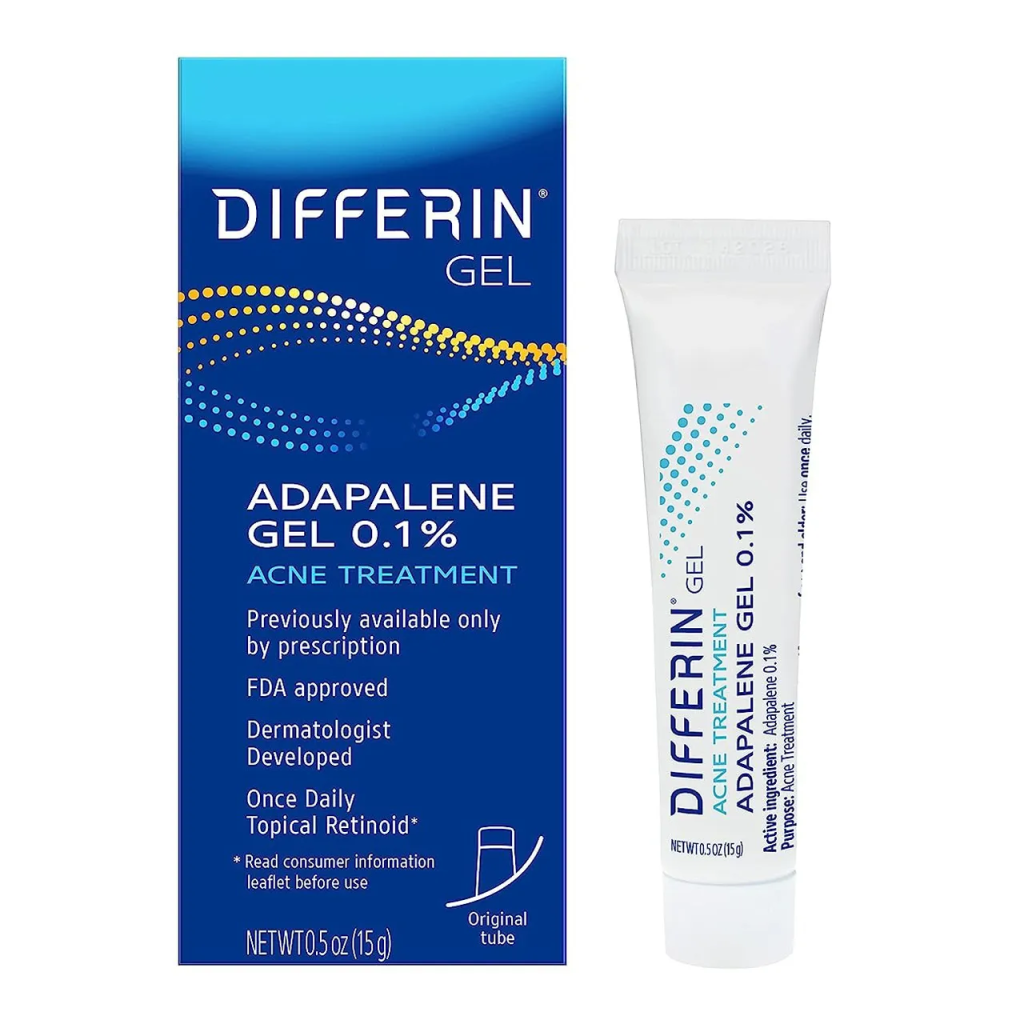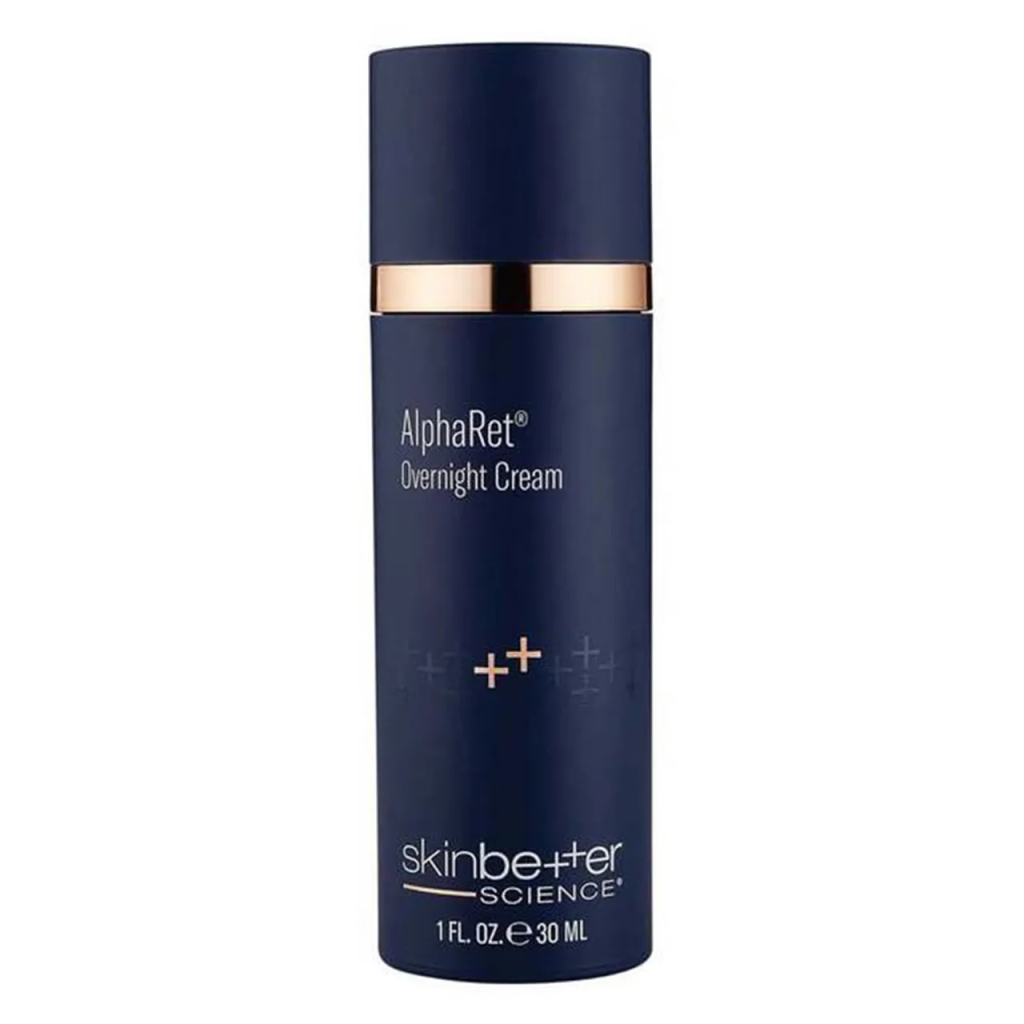They look very similar to acne, but preventing and treating them can be a little more complicated.
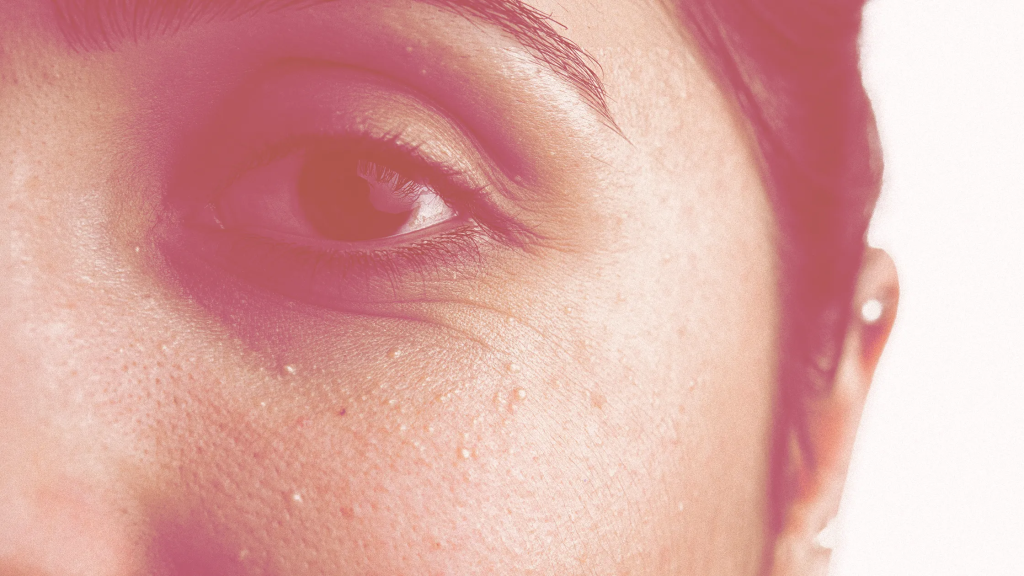
Milia suddenly appeared: a small, painless, if annoying, white lump. They’re small and barely noticeable, but you can still try to make them pop since textured skin isn’t what you want. However, when you press it, nothing happens – no hangover, no blood, nothing. This is a completely unexplainable explosion error. Of course you want to know: What happened?
Simply put, milia are cysts made of keratin, says Shari Marchbein, MD, a board-certified dermatologist in New York City. She explains that keratin is a protein in the outermost layer of the skin, the stratum corneum, which forms hair, nails and skin.
South Florida board-certified dermatologist Jeffrey Fromowitz, MD, explains that there are two types of papules: inflammatory papules (pustules, nodules, cysts) and non-inflammatory lesions (open and closed comedones, such as blackheads and whitehead). While Millia does look like whiteheads, most comparisons end there.
“In miliary disease, the skin grows completely over the pore, and the skin remains stuck beneath the surface,” he says. “Although it looks like whiteheads, it is difficult to remove. It is often necessary to use tools to open the surface of the skin and push out the hard whiteheads.”
Adding to the confusion, “the causes of both are similar, so it’s common for acne and milia to occur at the same time,” says Michelle Farber, MD, a board-certified dermatologist in Philadelphia. However, unlike acne, milia may appear for no apparent reason and cannot be removed like typical skin blemishes. Marchbein.Read on to learn more about milia and how to treat these little bumps.
What is Milie? Who usually gets it?
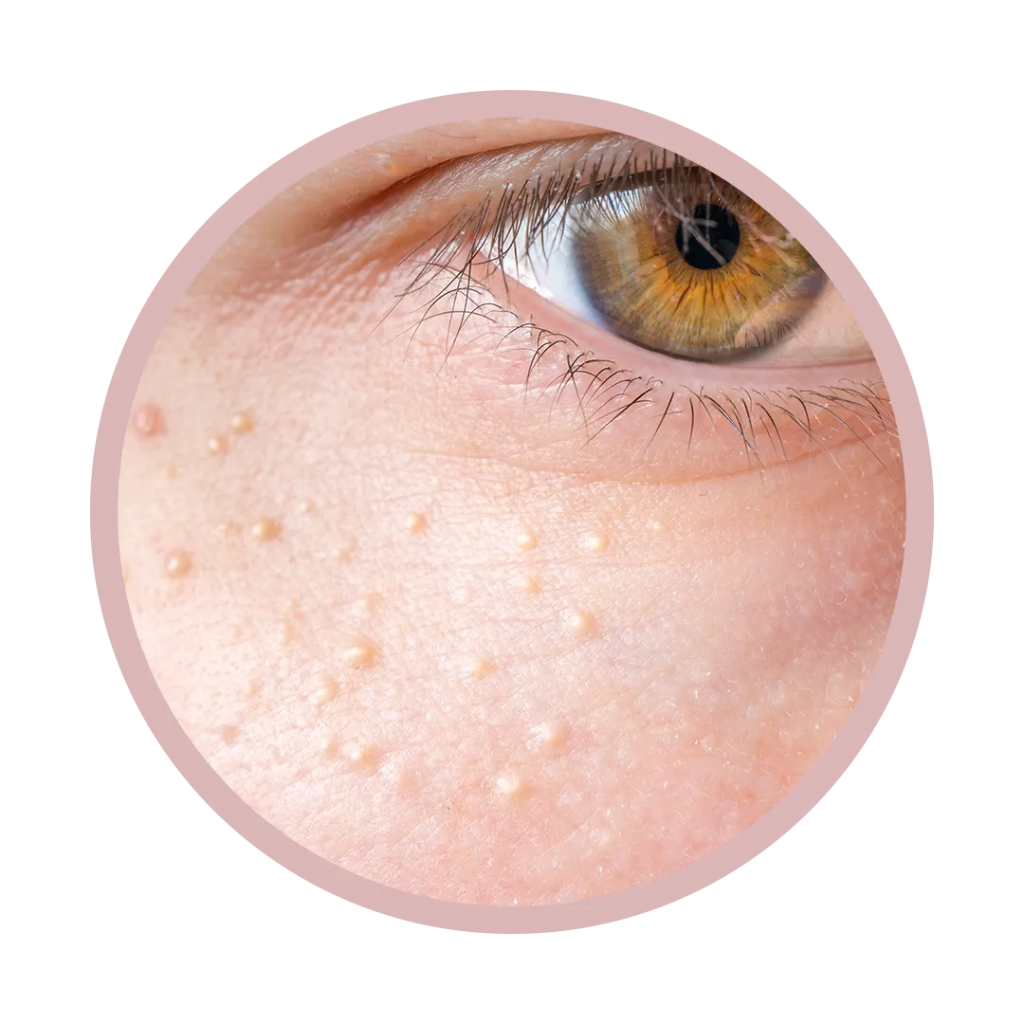
According to Dr. According to Dr. Marchbein, these tiny white bumps can appear on almost anyone, regardless of age or skin type, but they are more common in people with chronic sun damage. “They are commonly seen on the face, particularly the nose, cheeks and eye area, and can be seen in all ages from infants to adults,” she said.
Sejal Shah, MD, a board-certified dermatologist in New York City, adds that miliary syndrome is associated with genetic syndromes such as Rombo syndrome, basal cell nevus syndrome, and Gardner syndrome, among others.
Why did Milia appear?
PhD. Marchbein says milia can appear for no reason, but he also notes that milia is more common with certain skin conditions, like rosacea and dandruff, or when skin care products and makeup clog pores and cause buildup.
PhD. Milia also occurs when keratin becomes trapped beneath the skin’s surface due to skin trauma such as burns, blisters, or after the use of certain topical medications, Shah explains. Other than that, Millia is just a big vexing mystery.
Can miliary disease be prevented?
PhD. “Retinoids and exfoliants can help with oil production and constipation and are very effective in preventing milia,” says Farber. Unfortunately, since the cause of milia isn’t necessarily as clear-cut as an acne breakout, using these products isn’t a good idea. There is no guarantee that you will recover. You will no longer get milia in the future.
“If you’re prone to milia, there’s no real way to permanently prevent them from forming,” adds Dr. Marchbein added. However, there are many ways to toss them to the curb, which we’ll explain in detail below.
How to get rid of Milia?
Like acne, milia can be eliminated in a variety of ways, including chemical peels, topical tretinoin, and skin care products such as toners containing exfoliating alpha-hydroxy acids (such as glycolic acid) or cleansers containing salicylic acid. PhD. Farber recommends La Roche-Posay Effaclar Medicated Acne Cleanser, which is fortified with AHAs.
“These topical medications help minimize their appearance and prepare them for removal,” says Dr. Fromowitz. While you can technically try using a comedone extractor after first softening the bumps with warm water, the best way to get rid of milia is to see a dermatologist, he says. “If not done carefully, it can cause bruising or injury to the skin. It is also possible that the lesions are not removed, and infection may even occur.”
A dermatologist can remove milia with a sterile needle or scalpel, or treat it with laser, which Dr. Shah does using a heated needle.
If you’re prone to miliary disease, adds Dr. Dr. Marchbein adds that consider trying a combination of non-comedogenic products for your skin care, such as Best of Beauty Award-winning Cetaphil Daily Facial Cleanser, and a face cream or moisturizer that contains a retinoid. PhD. Farber recommends Differin Gel and SkinBetter AlphaRet Night Cream as over-the-counter options, but your dermatologist may also prescribe tretinoin cream.
